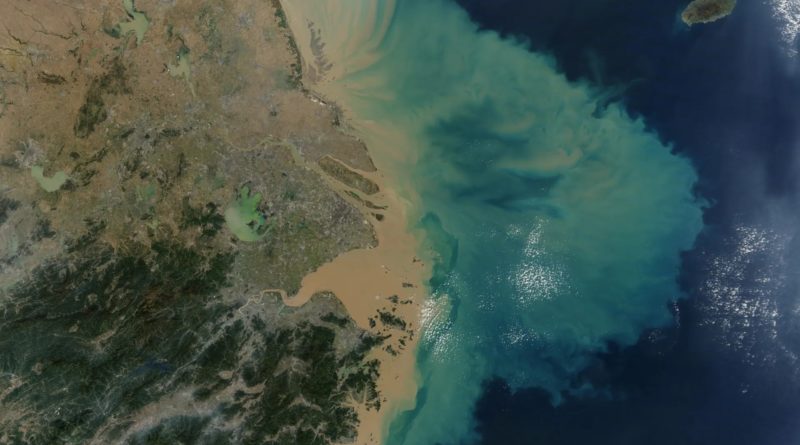Climate crisis: Ocean temperatures hit record highs as rate of global warming accelerates
The heat in the world’s oceans reached a new record level in 2019 as the rate of global warming continued to accelerate. The rate of heat introduced to the planet’s oceans over the last 25 years is equivalent to the energy produced by 3.6 billion atomic bombs, according to scientists.
Climate change has fuelled rapid rises in global surface air temperature since the 1950s, with 2016 the hottest year on record. The world’s oceans are the clearest measure of the climate emergency because they absorb more than 90% of the heat trapped by the greenhouse gases emitted by fossil fuel burning, forest destruction and other human activities.
The new analysis shows the past five years are the top five warmest years recorded in the ocean and the past 10 years are also the top 10 years on record. The amount of heat being added to the oceans is equivalent to every person on the planet running 100 microwave ovens all day and all night. Oceans provide a good picture of the planet’s warming as they trap more than 90 per cent of the excess heat stored on Earth.
The results show heat increasing at an accelerating rate as greenhouse gases accumulate in the atmosphere. The rate from 1987 to 2019 is four and a half times faster than that from 1955 to 1986. The vast majority of oceans regions are showing an increase in thermal energy.
This energy drives bigger storms and more extreme weather, said Abraham: “When the world and the oceans heat up, it changes the way rain falls and evaporates. There’s a general rule of thumb that drier areas are going to become drier and wetter areas are going to become wetter, and rainfall will happen in bigger downbursts.”
Hotter oceans also expand and melt ice, causing sea levels to rise. The past 10 years also show the highest sea level measured in records dating back to 1900. Scientists expect about one metre of sea level rise by the end of the century, enough to displace 150 million people worldwide.
Hotter oceans lead to more severe storms and disrupt the water cycle, meaning more floods, droughts and wildfires, as well as an inexorable rise in sea level. Higher temperatures are also harming life in the seas, with the number of marine heatwaves increasing sharply.
The most common measure of global heating is the average surface air temperature, as this is where people live. But natural climate phenomena such as El Niño events mean this can be quite variable from year to year.
The new analysis assesses the heat in the top 2,000m of the ocean, as that is where most of the data is collected. It is also where the vast majority of the heat accumulates and where most marine life lives.
The analysis method was developed by researchers at the Chinese Academy of Sciences in Beijing and uses statistical methods to interpolate heat levels in the few places where there was no data, such as under the Arctic ice cap. An independent analysis of the same data by the US National Oceanographic and Atmospheric Administration shows that same increasing heat trend.




